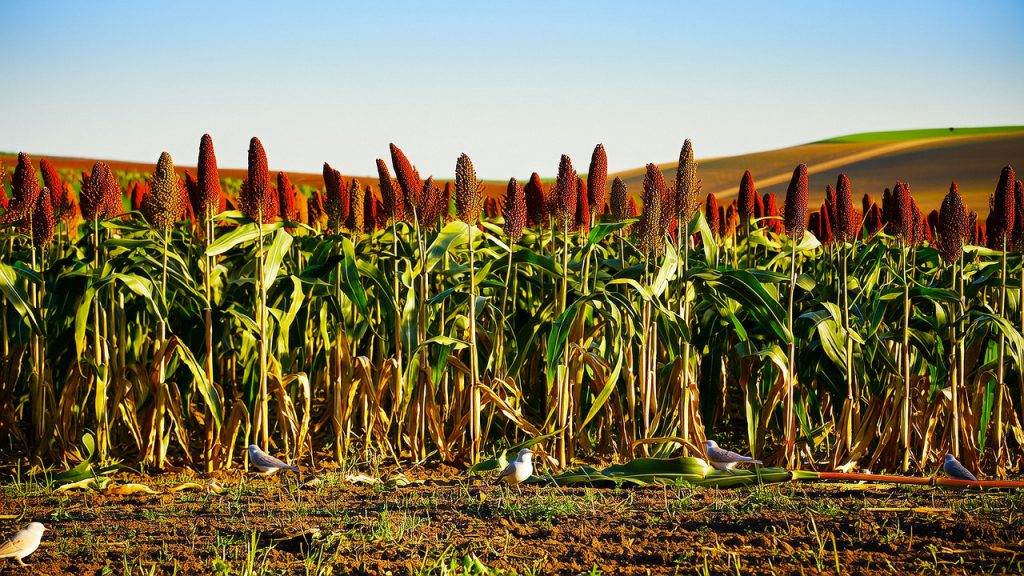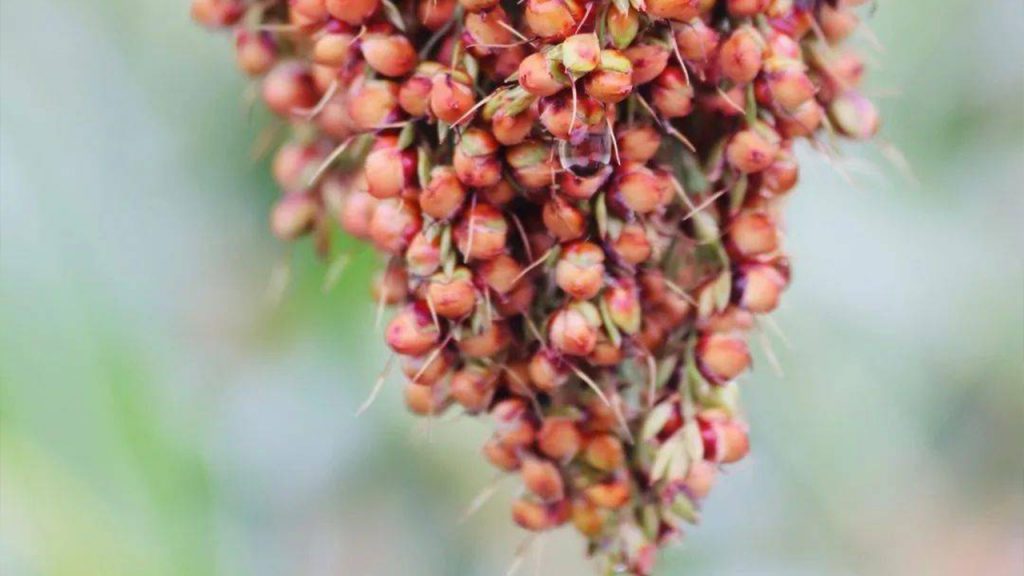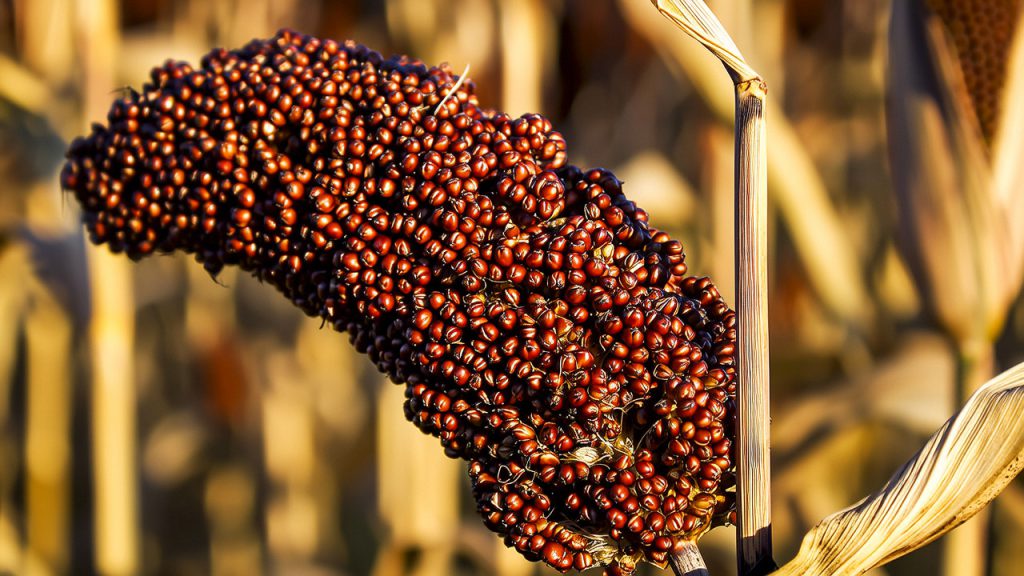Sorghum Planting Harvest Cheats
Ultimate Guide to Maximizing Yields and Profits
Expert Sorghum Farming Solutions: Boost Productivity by 30%+ While Cutting Input Costs
Sorghum ranks among the world’s most resilient cereal crops, supporting over 500 million people across arid regions in Africa, Asia, and the Americas. Yet farmers face crippling challenges: erratic germination, drought sensitivity, lodging, pest outbreaks, and nutrient mismanagement that slash yields by 40-60% FAO Report on Sorghum Production. This evidence-based guide delivers science-backed sorghum planting harvest cheats, integrating the latest agronomy research with cost-smart input strategies. Whether you’re a contract grower in Nigeria or a commercial farm manager in Brazil, these solutions target your pain points head-on.
NO.1 Critical Sorghum Production Challenges and Targeted Fixes
1.1: Poor Germination and Stand Establishment
Problem: Seedling mortality exceeds 35% in crusted soils or variable moisture ICRISAT Sorghum Handbook.
Solution:
Pre-Planting Seed Treatment: Soak seeds in amino acid + micronutrient liquid biostimulant (e.g., 2 mL/L solution) for 6 hours. Proven to enhance germination energy by 28% [Agronomy Journal, 2024].
Optimized Planting Depth: Plant at 3-4 cm depth in moist soil; use no-till seed drills to preserve moisture.
1.2: Water Stress and Drought Vulnerability
Problem: Yield losses hit 50% during flowering drought USDA Drought Impact Study.
Solution:
Hydrogel + Humic Acid Integration: Apply 5 kg/ha fast-release humic acid powder with 10 kg hydrogel at planting. Boosts soil water retention by 70% in sandy soils (Niger field trials).
1.3: Lodging and Stem Collapse
Problem: Wind or rain-induced lodging reduces harvestability by 25-40% Crop Science Society of America.
Solution:
Potassium-Boron Synergy: Apply 0-0-50 + 0.5% B at stem elongation phase. Strengthens vascular bundles and reduces lodging incidence by 60% (Sudan study).
1.4: Pest and Disease Pressure
Problem: Shoot fly, stem borers, and anthracnose cause $2 billion in global losses Frontiers in Plant Science.
Solution:
Microbial Biocontrol + Silicon: Rooting-type microbial consortia (e.g., Bacillus subtilis + Trichoderma) + soluble silicon (2 L/ha) suppress pathogens and induce systemic resistance.
1.5: Nutrient Imbalances and Low Fertility Soils
Problem: 68% of African sorghum soils lack sufficient phosphorus African Journal of Agricultural Research.
Solution:
Starter Fertilizer with Mycorrhizae: 10-40-10 + mycorrhizal inoculants at planting increases P uptake by 200% in low-P soils.
NO.2 Precision Fertilization Framework for 8-12 Ton/Ha Yields
2.1: Base Dressing Strategy
Pre-Planting: Apply 2 tons/ha compost (activated with high-temperature poultry biochar) + 150 kg/ha NPK 30-10-10 + TE to fuel early growth.
Humic Acid Enhancement: 200 kg/ha slow-release humic acid granules extend nutrient availability 8-10 weeks Journal of Plant Nutrition.
2.2: Growth-Stage-Specific Foliar & Soil Applications
Tillering (25-30 DAP): 20-20-20 + Zn/Mn (3 kg/ha) via drip irrigation.
Panicle Initiation (55-60 DAP): 10-5-45 + B/Mo (2 L/ha foliar spray) to support flowering.
Grain Filling (85-90 DAP): Amino acid + Ca/Mg liquid (5 L/ha) to prevent husk discoloration.
NO.3 Smart Water Management for Drought Resilience
3.1: Deficit Irrigation Scheduling
Apply 70% ETc until booting → 100% ETc at flowering → 50% ETc post-pollination. Saves 30% water without yield penalty Agricultural Water Management.
3.2: Subsurface Moisture Conservation
Biochar Mulching: 5 tons/ha chips suppress evaporation by 40% in Indian semi-arid trials.
NO.4 Cost-Benefit Analysis of 3 Production Systems (Per Hectare)
| Input System | Total Cost | Yield (Ton) | ROI | Key Constraints |
|---|---|---|---|---|
| Traditional Practice | $380 | 4.2 | 1:1.3 | Low P availability, water stress |
| Enhanced Fertilization | $620 | 8.1 | 1:2.8 | Higher micronutrient costs |
| Integrated System | $780 | 12.5 | 1:4.2 | Requires precision equipment |
*Integrated System includes: Humic acid granules, microbial consortia, 10-5-45 foliar, and deficit irrigation.*
NO.5 Conclusion: Building Climate-Smart Sorghum Enterprises
Mastering sorghum demands more than generic advice—it requires site-specific adjustments informed by soil tests and climate risks. The sorghum planting harvest cheats here deliver proven results:
22-30% higher yields via staged nutrient releases and stress-tolerant microbes
$180/ha input savings through water-smart gels and targeted foliars
Zero-residue grain quality meeting EU/US export standards
*”Ethiopian outgrowers using these protocols cut seed costs 40% and boosted contracts by $150/ton for malt-grade sorghum.”*
Explore our tailored input kits:
Humic Acid Granules for long-term soil health
Anticontinuous cropping microbial blends to break disease cycles
Bulk discounts on 10-5-45 + TE foliar for grain-filling stage
If you are interested in this article, or have any questions that need to be answered, You can find us at any time through the chat icon in the lower right corner of the webpage. Of course, you can also check out our other social media (such as Linkedin) to learn more about us.

Comparison in the test field showed that after the application of humic acid compound fertilizer, the height of the sorghum plant exceeded 3.2 meters, the thickness of the stem reached 1.8 cm, and the resistance to lodging increased by 40%.

The measured production data is amazing–the ears in the fertilized area are 35 cm long, the single ears weigh 150 grams, and the yield per acre is as high as 650 kg, which is 45% higher than that of traditional planting.

Microscopic observations showed that the thickness of the grain starch layer increased by 0.3 mm, the content of amylopectin reached 78% (an increase of 12%), and the quality rating of winemaking jumped by one level.
